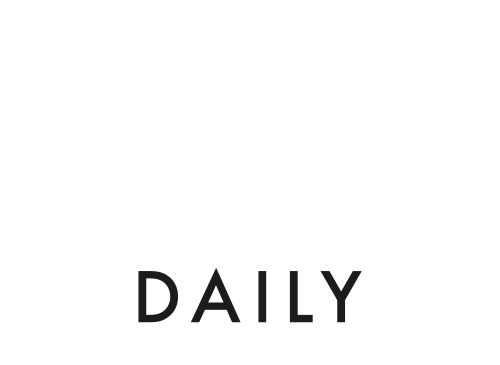Committed to transforming European Cities into zero emission nodes for mobility and logistics is the innovation project MOVE21.
Funded by the European Commission, MOVE21 is supporting participating cities to achieve a 30% reduction of transport-related emissions by 2030 via the implementation of 15 unique initiatives.
“MOVE21 develops and upscales clean, smart and seamless mobility and logistics solutions in large European cities,” MOVE21 Project Coordinator Tiina Ruohonen tells Zag Daily.
“In this, different types of mobility hubs play an important part together with other measures that promote a shift to more sustainable modes of transport. This is not only for transport within cities but also for seamless and better connections between urban mobility and transport corridors in the TEN-T network.”
Central to the MOVE21 project are three Living Labs in Oslo, Gothenburg and Hamburg where these mobility hubs and innovations are being tested. The Living Labs lead the concept creation before the initiatives are then copied by replicator cities which include Munich, Rome and Bologna
For Oslo, the goal is fewer vehicles on the road, says MOVE21’s Project Manager of the Oslo Living Lab Hanna Welde Tranås.
“The city is growing, but there is limited space and capacity on the roads and on public transport, and limited possibilities to expand. We need to be more efficient,” she tells Zag Daily.
One unique innovation striving for smarter cities is the Mobility as a Service (Maas) Application Programming Interface (API) tested by the global data-driven micromobility software platform Urban Sharing in partnership with the City of Oslo.
A simple, bare-bones API
Developed by Urban Sharing, the MaaS project is designed to provide simplified and resource-light integration for the public as well as for private mobility operators to improve the customer experience and encourage multi-modal travel uptake.
In doing this, Urban Sharing has designed an API that excludes Personally Identifiable Information (PII) and therefore enables mobility operators to integrate it more easily into their systems without needing to comply with the more complex Transport Operator, MaaS Provider (TOMP) standards.
TOMP API is a technical specification which relates to how data should be exchanged between Transport Operators and MaaS Providers.
Partners can also utilise General Bikeshare Feed Specification (GBFS) to understand the system state such as vehicle and station availability without sharing PII.
One focus of the API is to enable partnerships between public and private mobility operators, and to bring the customer closer to the operator.
“We believe that MaaS is over-inflated and over-engineered,” Urban Sharing’s Head of Business Development Tom Nutley tells Zag Daily.
“Everyone is trying to get in a piece. We’re trying to be the integrator that allows a transportation authority or agency and the mobility players in an ecosystem to easily work together.”
The API in action
Currently, the project is in pilot with Oslo’s transport authority Ruter. This means that customers can hire a bike via the official Ruter app, in the same place they can book other modes of public transport.
“A user of Ruter isn’t typically a user of a bikeshare, but this application now gives them the option of being multimodal if they want to,” Tom says.
“As an operator, you’re giving users awareness that bikeshare exists.”
Indeed, Tom believes this may particularly appeal to those who don’t traditionally use bikeshare but may try it due to unexpected circumstances. Should a user see their bus is cancelled on the Ruter app – the same app which now offers bikeshare – it enables the customer to try something new.
“Many people have not yet taken the step over to micromobility as a substitution for neither the private car nor for public transport,” MOVE21’s Project Manager of the Oslo Living Lab Hanna says.
“An integration of these different services will allow the users to travel in new, and for many of them more efficient, ways than previously. For the city it could mean fewer trips in private cars and an alleviation of the crowdedness we experience during rush hour on public transport. It really can be a win-win-win.”
The integration also works in accordance with keeping the customer close to the mobility operator. If the user encounters a problem with the bike they’ve hired, then they will be directly connected to the mobility operator via the Ruter app, rather than Ruter itself. This enables issues to be rectified as quickly as possible without the need for the mobility operator and transport authority to communicate with each other.
Ruter’s Head of Micromobility Pia-Suzann Skulevold tells Zag Daily: “Ruter is continuously expanding the scope of public transport with new modes of transportation.
“Our vision is to simplify peoples’ lives by providing them seamless mobility for every need and occasion, with the ultimate aim of making private car ownership a thing of the past.”
The pilot which kicked off in 2021 is expected to be fully-fledged this year with 15 months before it’s set to close next summer.
“MaaS doesn’t have to be hard,” Tom Says. “It doesn’t have to be monopolised, or all-inclusive in the sense that you have to show and share everything.
“It’s about enabling multimodal transport in the most seamless and effective way possible that is easy for all the parties involved.”
